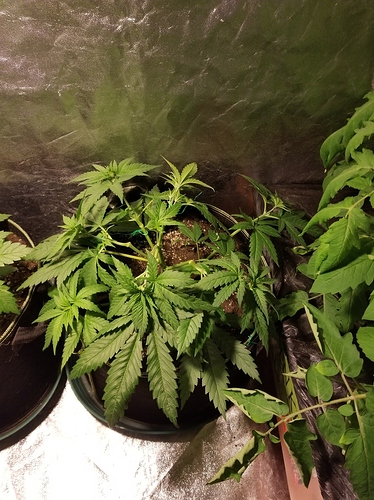
The Benefits of Cloning with Fogponics
What’s the big deal about cloning plants, and why should you use FogPonics?
These are some questions growers might be asking themselves as they try to understand some of the newest practices and strategies around for nurturing hydroponic plants to maturity.
Cloning is a delicate process, and it definitely takes technique. Unlike with plants that grow from seeds or seedlings, you’re having to transplant them without defined root systems, and that makes plants much more vulnerable and open to problems.
Here’s some of what we’ve been hearing from growers about how FogPonics as a foliar feeding method supports clones and helps them to grow into good health.
The Principle of Supplementary Feeding
One of the most fundamental ways that FogPonics helps is that it gives growers another way to nurture plants.
Traditionally, all of the feeding was done through the plant roots, through nutrient-rich water placed directly in the sterile media that, in some ways, mimicked the soil conditions for traditional plants.
But FogPonics is a different type of feeding called foliar feeding. In this method, growers actually spray or mist nutrient-rich water directly onto the plants stem and leaves. Small glands called stomata process the nutrients and vitamins the plant system.
So FogPonics is essential when plants aren’t able to feed well through their roots, for example, when clones don’t have developed root systems yet.
Direct Applications
One of the corollary benefits of FogPonics and other foliar feeding methods is that growers can manage the nutrients better. They can control the nutrient mix in a spray bottle a little bit better than the nutrient rich water coming from a deep water culture reservoir.
Although traditional hydroponics irrigation systems can be fine, FogPonics represents a more direct way to get key nutritional elements to plants.
No Pump
When you talk to growers who have been in business for a while, one of the biggest problems that many of them mention is pump failure. You face all kinds of problems with the engineering of getting a well rated pump where it needs to be. Then, pumps can break down. A manually operated spray bottle never breaks down, and that’s another benefit of FogPonics for clones and other types of plants.
![]()
![]()


